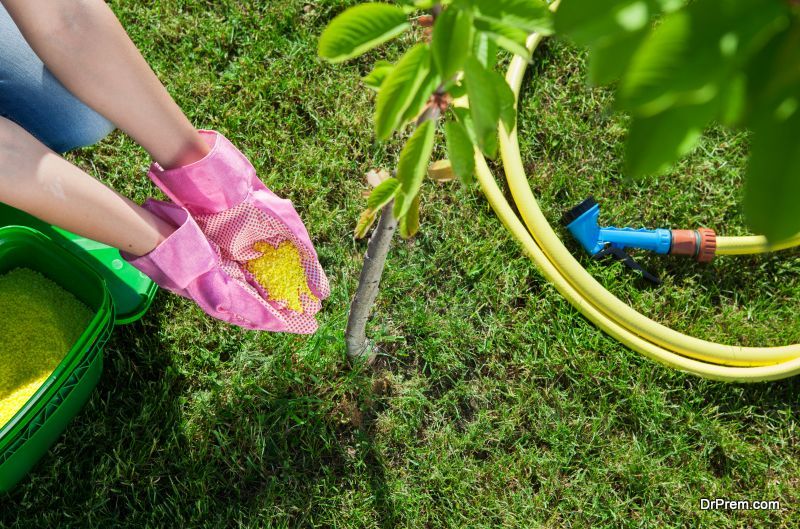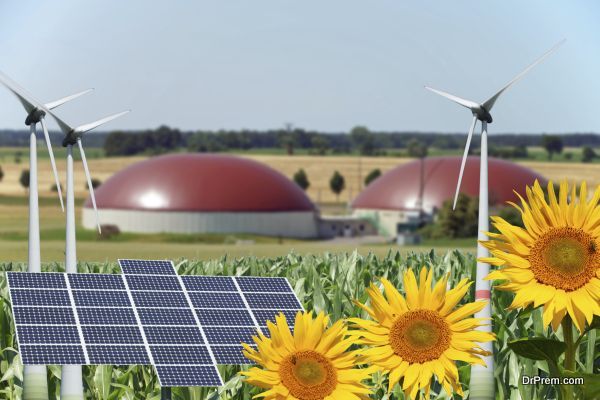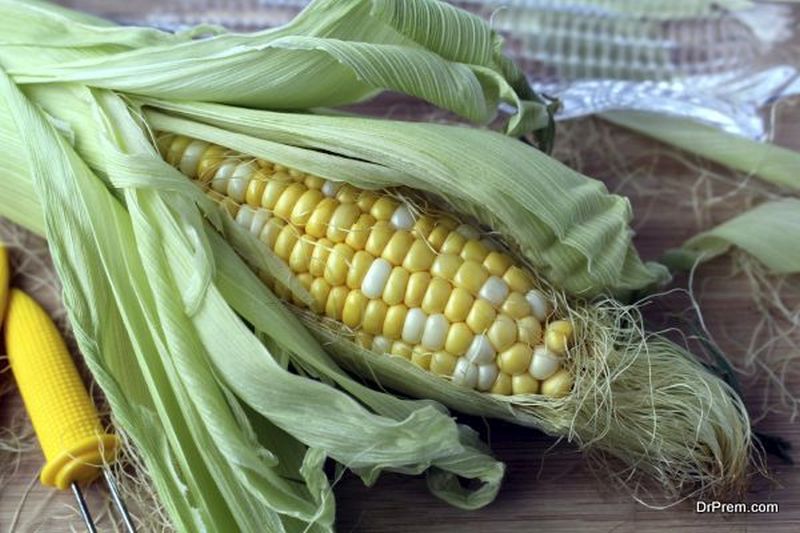Agricultural science has advanced to a great extent, especially in helping farmers grow food in an eco-friendly manner. Eco-friendly farming uses the planet’s natural resources wisely, minimizing waste, and maximizing use. The world population is growing even as resources are depleting. Read on to find out how farmers worldwide are growing more food while conserving the environment:
Top eco-friendly farming trends of 2018
Natural pesticides
If you thought that organic farming does not use any kind of fertilizer or pesticides, then you’re way off the mark. Organic farming does use fertilizers and pesticides, but not the synthetic kind. Sprays which have been manufactured from natural sources are used. These natural sprays break down faster than chemical sprays and there is no danger to animal, bird, or human health due to these sprays. Using organic fertilizers or pesticides are one of the top 5 environmentally friendly farm trends.
Using organic fertilizers
So what is eco-friendly farming? Eco-friendly farming can be organic farming or non-organic eco-friendly farming, and in both kinds of farming, environment-friendly practices are followed. In organic farming, manure, mulch, and the rotten organic material are used as the topsoil. This allows the soil to retain moisture for a longer duration. Also, the non-synthetic sprays break down faster, which lead to better soil quality.
Another aspect of eco-friendly farming is that the farmers practice rotation of crops. This allows the soil to regain its lost nutrients. Crop rotation is a natural method to control diseases and pests.
Modern farmers are utilizing and selling renewable energy
Renewable eco-friendly energy complements organic farming. Many farmers in America are growing corn for the manufacture of ethanol, which is a carbon-neutral fuel. Some farmers have installed wind turbines to generate wind energy for their own use as well as to sell to the grid. This is actually a smart move, as even if the crops don’t do well, the farmers would have another source of income. Solar power is also generated for the same reason. This is one of the top 5 environmentally friendly farm trends of 2018.
Reducing greenhouse gas emission
New technology in plant production and protection has been of great help to farmers. This has helped farmers curb greenhouse gas emissions resulting from the process of farming. Herbicide-tolerant crops can thrive in the soil which does not have to be tilled. The undisturbed soil keeps the carbon within the ground. This has resulted in reducing CO2 emissions by a whopping 28 billion kgs. This is equal to the greenhouse emissions of 12.4 million cars. This is eco-friendly farming at its best.
Conserving water
Water tables are going down drastically all over the world, especially in Africa. According to the United Nations’ Food and Agriculture Organization, 480 million African people would face water scarcity. As crops require a lot of water, scientists are working on drought-tolerant strains of crops, so that water is conserved and used efficiently. The WEMA (Water-Efficient Maize for Africa) project is looking to develop ways to double the production of maize through biotechnology, marker-assisted breeding, and other conventional methods.
Cover crops
What is eco-friendly farming but the clever planting of crops for food and other reasons? For example, one of the top trends in eco-friendly farming is the planting of cover crops in order to reduce soil erosion by water or wind. This reduces the space for weed growth as well. Legumes, Brassica (Oil-seed radish, mustard) and Ryegrass have been used successfully as cover crops.
Legumes are quite effective, as they ‘fix’ nitrogen in the soil, thus reducing the need for chemical fertilizers. The nodes or swelling in the roots make nitrogen available to the soil.
Brassica has a fumigating effect. This means that they are natural pest repellants present in the soil and they also help in promoting the soil’s fungal growth.
Ryegrasses grow in all seasons and are mowed only occasionally in summer. Grass clippings, left on the ground, return the organic matter to the earth. Other crops, such as vines, compete with the grasses for moisture and as a result, become deep-rooted in the soil.
Environment-friendly farming methods in 2018 will lead to increase in food production in available land. These methods would reduce greenhouse gas emissions, conserve water and
restore the soil’s nutrients. As more and people are interested in buying organic or eco-friendly food; to supply this need, eco-friendly farming trends will thrive in 2018.








